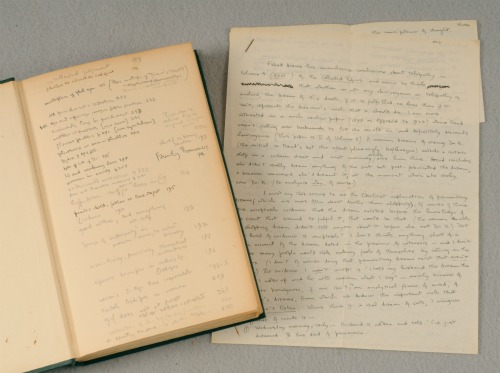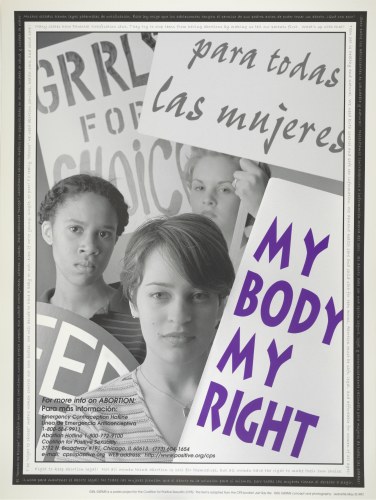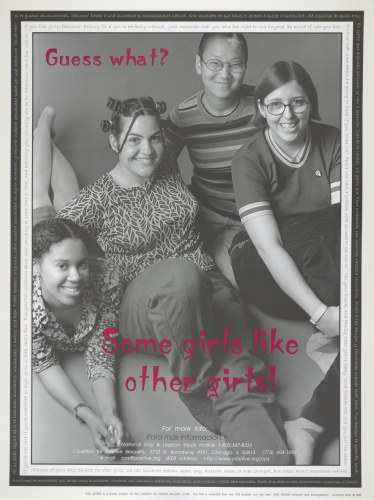The North Carolina Mutual Life Insurance Company Archives (collection guide here), now available for research at the RBMSCL and North Carolina Central University’s University Archives, Records and History Center, contains nearly 100,000 items documenting more than a century of service for this prominent African American business.
This archives include corporate office files, annual statements, reports, surveys, memos, legal and financial papers, training material, programs, memorabilia, and an exceptional number of historical photographs of staff and their families, offices, buildings, and Durham scenes (including a visit from Booker T. Washington).
The collection offers a window into the inner workings of the company, the legacy of Durham’s Black Wall Street, and over a century’s worth of community and organization building. The archivists and librarians of both institutions are looking forward to the scholarship that will result from the use of the North Carolina Mutual Life Insurance Company Archives.

Over one hundred selected digitized images, like the one above, as well as several historical documents, are also currently available in an online exhibit.
Researchers wishing to use the North Carolina Mutual Life Insurance Company Archives should note that the entire collection is stored in our off-site storage facility. Please contact the University Archives, Records and History Center at North Carolina Central University or the RBMSCL (“Ask a Question” website) at Duke University at least 48 hours before your visit so that staff can request the material you would like to see.
For more information about the North Carolina Mutual Life Insurance Company Archives, check out the Duke University Libraries’ press release.
Post contributed by Jennifer Thompson, John Hope Franklin Research Center Librarian.
















